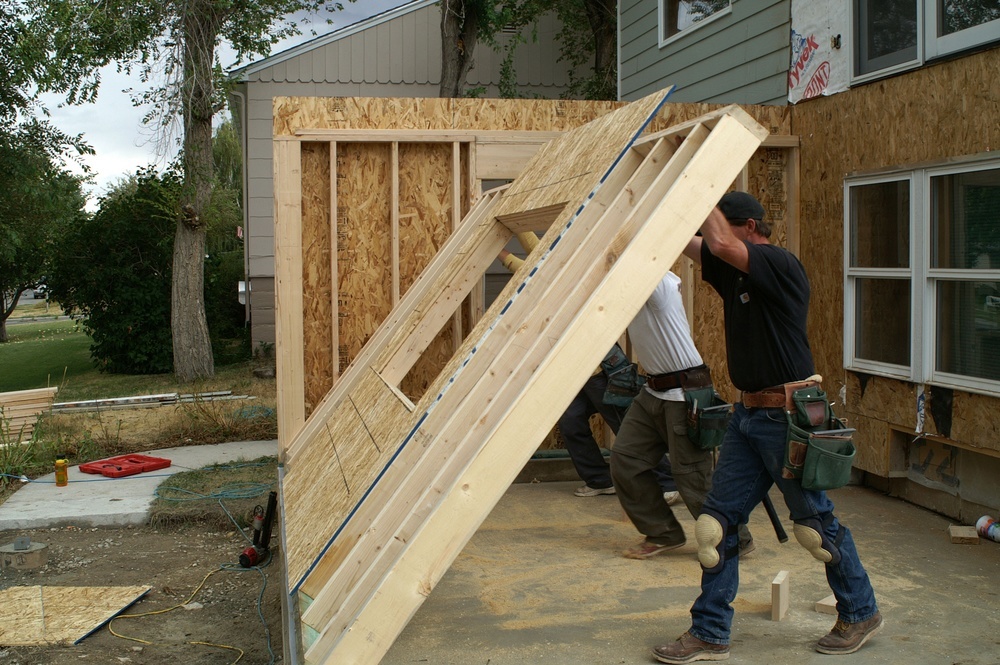 Is there a room in your house that always seems to be a bit colder (or warmer, if it’s the summertime) than it ought to be? Do you see signs of moisture getting in around your windows when it rains? If so, it might be a good time to check the seals around your window. A good way to find out if you have a draft is to light a candle or incense stick and move it along the edge of a window you think might have a draft. If the smoke or the flame changes direction, you’ve found a draft.
Is there a room in your house that always seems to be a bit colder (or warmer, if it’s the summertime) than it ought to be? Do you see signs of moisture getting in around your windows when it rains? If so, it might be a good time to check the seals around your window. A good way to find out if you have a draft is to light a candle or incense stick and move it along the edge of a window you think might have a draft. If the smoke or the flame changes direction, you’ve found a draft.
If you have a draft, when was the last time you checked the caulking around your window? Caulking around windows can deteriorate over time and may need to be touched up every now and then. Fortunately, this is the sort of problem you can easily fix on your own without needing to hire a professional or having to pay for new vinyl replacement windows. Here’s how to do it!
Caulking your windows is a pretty simple task and all you need for the job is some caulk, a caulking gun, a wooden stick, and a razor blade, putty knife, or utility knife. Butyl, silicone, and multi-polymer caulks tend to work well around windows and doors.
If the existing caulk around the window only has some small gaps in it, you might be able to simply add a new layer of caulk. But if you’re dealing with larger gaps, you’ll need to remove the old caulk first to start fresh. To remove the old caulk, take your razor blade, putty knife, or utility knife and run it along the existing caulk to help break it up so you can remove it. Just be very careful that you don’t damage the vinyl window frame.
Before you start putting down new caulk, clean your window frame so that the new caulk will have a clean surface to adhere to. Make sure the window frame is completely dry before you start putting down new caulk. Once you’re ready to go, all you have to do is put the tip of the tube of caulk at one end of the edge, pull the trigger on the caulking gun, and move it along the edge until you reach the other end. Let go of the caulking gun’s trigger and set the caulking gun down.
Once you’ve finished caulking one edge, use your wooden stick to even out the caulk line. You can also use your finger if you aren’t able to find a wooden stick. Be sure to use a damp cloth to clean up any caulk that may have gotten on areas you didn’t intend it to get on. Now it’s time to repeat the process on another side of the window. The exact amount of time it will take for your caulk to dry can vary from brand to brand, so make sure you read the manufacturer’s instructions before you get started.
Replacing the caulk on your windows might sound a little intimidating, but as you can see, it’s really very simple. It’s also one of the most effective and least expensive ways to make sure your windows are staying as energy efficient as possible!









